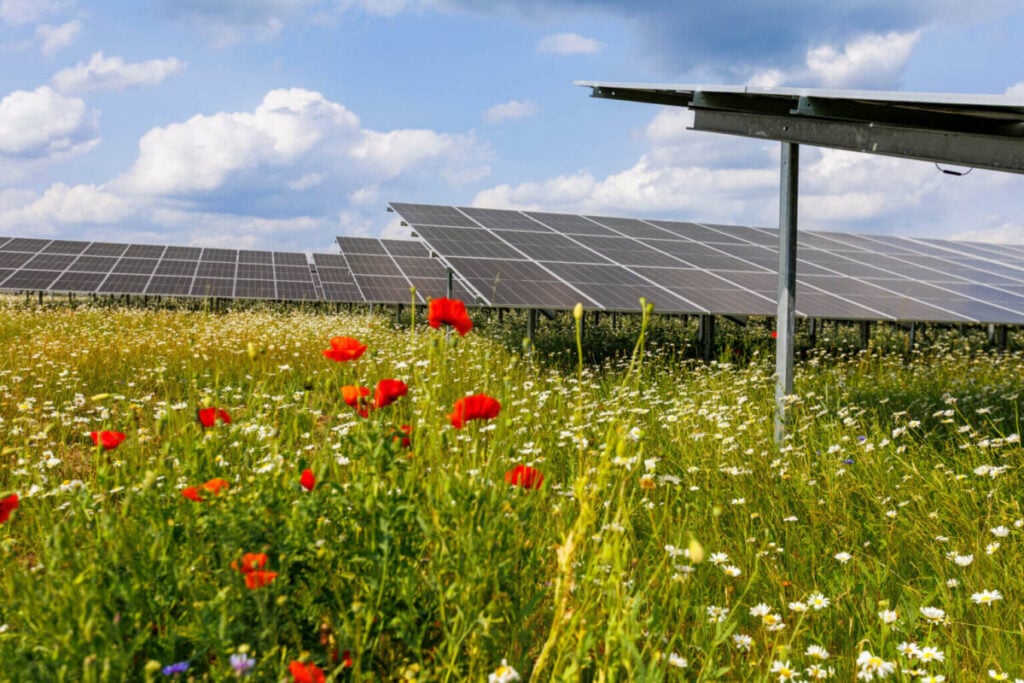
German renewables engineering firm Belectric has begun operations at a 96MW solar PV project near its headquarters in the Kolitzheim area of Germany.
The company said it plans to install a roughly 35MW/70MWh battery energy storage system (BESS) at the site “in the future” to contribute to grid stabilisation. The BESS is in the final planning phase and, if its grid connection is approved, Belectric said it will be the largest storage project in Lower Franconia.
Try Premium for just $1
- Full premium access for the first month at only $1
- Converts to an annual rate after 30 days unless cancelled
- Cancel anytime during the trial period
Premium Benefits
- Expert industry analysis and interviews
- Digital access to PV Tech Power journal
- Exclusive event discounts
Or get the full Premium subscription right away
Or continue reading this article for free
The Herleshof project is forecast to produce around 105GWh of solar power annually. It comprises over 165,000 PV modules, the majority of which are bifacial, Belectric said. It did not disclose the supplier of the modules.
Bifaciality generally increases the efficiency of solar modules, as it allows light to be converted from both sides of the module. The technology has become increasingly commonplace among leading module manufacturers, with applications across p-type, n-type and, in some cases, back contact (BC) technology.
The company is retaining ownership and will maintain the project throughout its operations, a departure from its main business as an engineering, procurement and construction (EPC) contractor.
Thorsten Blanke, managing director of Belectric said: “The project combines an impressive size with state-of-the-art technology, wildlife protection, and the close cooperation of everyone involved. Thanks in part to the great framework conditions created by the municipality of Kolitzheim for solar farms, the plant is a prime example of how solar growth can be efficiently implemented in Germany.”
The project’s three areas include more than 16 hectares of conservation area for endangered bird species, “several kilometres” of protective fencing around local habitats and hedgerow landscaping to support bee populations.






